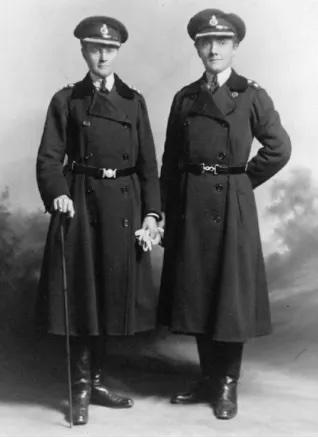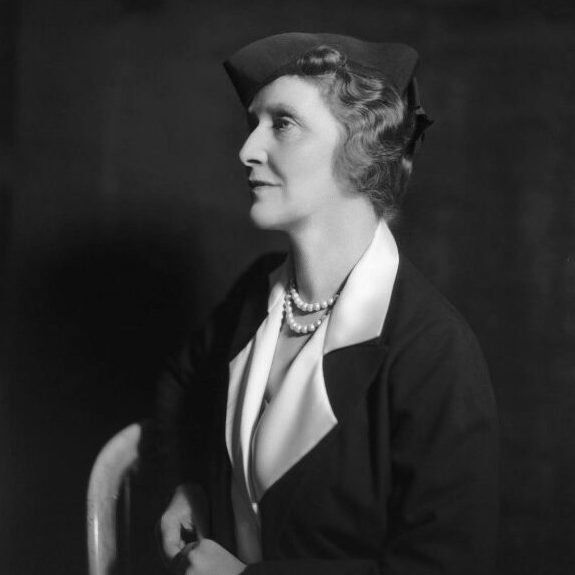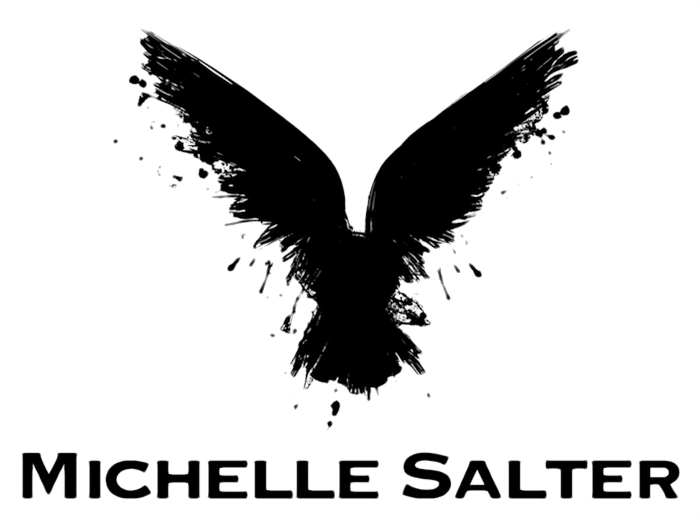My Inspiration for The Body at Carnival Bridge
Set in 1922, The Body at Carnival Bridge begins with Iris attending a speech given by her old friend, Constance Timpson.
We first met Constance in Death at Crookham Hall. Since then, she’s inherited her family’s food production business and made radical changes. She’s removed all children from her factories, introduced equal pay and allows women to retain their jobs after they marry. This has made her deadly enemies.
At this time in Britain, there was high unemployment, which led to resentment towards working women. It was felt women should give up their jobs in favour of men, particularly ex-servicemen who’d fought in the Great War.

During the war, record numbers of women entered the workplace for the first time and joined professions previously barred to them. For the first time, women were recruited into the police force and the Women's Police Service was established. These female officers wore uniforms and patrolled cities and towns across the UK; however, it was later stated that their duties should be restricted to those involving females and child victims or complainants.

Margaret Damer Dawson and Mary Allen, Women's Police Service, First World War
As Britain entered the 1920s, many of the gains made towards equality during the war were in danger of being lost - and this is a theme that recurs throughout the novel. In 1922, the Home Secretary took the view that WPCs were only employed for welfare work and not proper police work and tried to remove them from the police force.
In The Body at Carnival Bridge, Woman Police Constable Helen Jones of the Metropolitan Police has been assigned to look after Constance Timpson. She doesn't have the power of arrest and is given menial tasks by her senior officers. But she does have the support of Mrs Sybil Siddons, MP, who is fighting to keep the Women's Police Service.

Lady Nancy Astor (1879 - 1964)
In real life, Lady Nancy Astor, the first woman to take a seat in the House of Commons in 1919, worked to recruit women into the police force, the civil service, education reform, and the House of Lords.
In my novel, Mrs Siddons, only the third female Member of Parliament, backs the changes Constance is making – and receives hostile press coverage because of it. A general election is imminent, and she battles to retain her seat.
When a mysterious sniper fires a single shot at Constance, no one is sure if it was a warning or if they intended to kill. But when one of her female employees is murdered, it becomes clear the threat is all too real – and it’s not just Constance in danger.
As Iris Woodmore investigates, she realises the sniper isn’t the only hidden enemy preying on women.
The Iris Woodmore Mysteries are available in hardback, paperback, ebook and audiobook from Amazon and bookstores.

